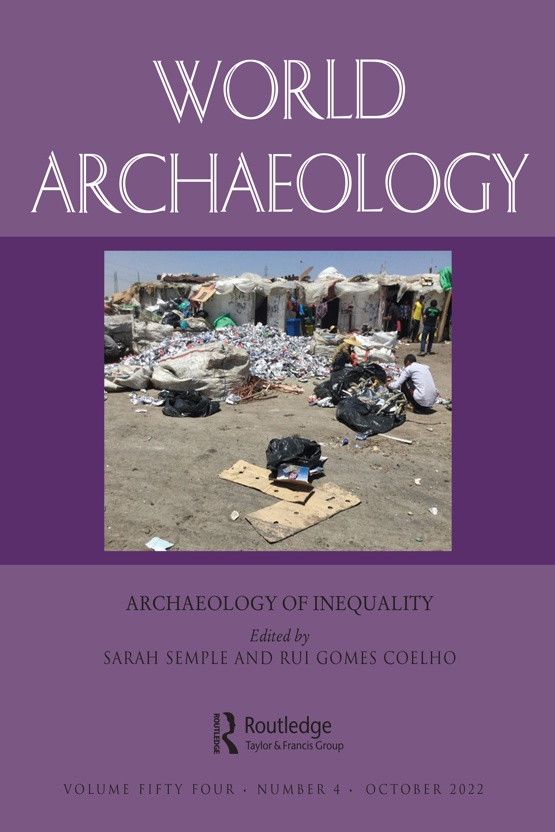Submit a Manuscript to the Journal
World Archaeology
For a Special Issue on
The Shape of Archaeology
Abstract deadline
Manuscript deadline

Special Issue Editor(s)
Carly Ameen,
Archaeology and History, University of Exeter
C.Ameen@exeter.ac.uk
Naomi Sykes,
Archaeology and History, University of Exeter
N.Sykes@exeter.ac.uk
The Shape of Archaeology
From the earliest Antiquarians, the description and cataloguing of shape has been at the heart of archaeology. Artefact morphology has been used to assign relative chronologies and cultural affinities, as well as to determine tool function and production technologies. In human remains analysis, shape has been studied to infer hominid relatedness, phenotypic variation (controversially deployed for colonial and racist narratives) and to track population dynamics. For other animals and plants, morphological variation has been used to explore responses to environmental change, identify species, separate wild and domestic forms, and track the emergence and impact of selective breeding.
Digital technologies, in particular developments in AI, are providing new opportunities to quantify, analyse and interpret these shape data at unprecedented scales and speed. Texts, previously transcribed, are now digitised and letterforms/glyphs analysed through machine learning. Technical drawings of
pottery are replaced by digital files. Landscapes, once meticulously surveyed by hand, are captured in 3D by radar on high-flying drones. These data sets can then be analysed using techniques such as geometric morphometrics, advancing our
ability to quantify shape - in all its forms - in increasingly detailed resolution.
This dynamic field of Archaeophenomics is at the forefront of the digital revolution in archaeology and this volume invites contributions that address any aspect of shape, be they scientific advances in data collection, practical application of these methods or theoretical research into the concepts underpinning shape analysis. In particular, we welcome contributions which
consider the technical and ethical issues underpinning the generation of shape data and their associated large datasets including problems of data storage and sharing. This volume seeks to emphasise both the opportunities and challenges for this area of study, addressing issues most directly connected to
archaeological research, such as the challenges of working with fragmentary materials, and questions of intellectual property and data stewardship associated with digital renderings of archaeological objects and biological remains.
Submission Instructions
Please approach the editors by email with a short abstract if you are interested in making a submission to this Special Issue.
